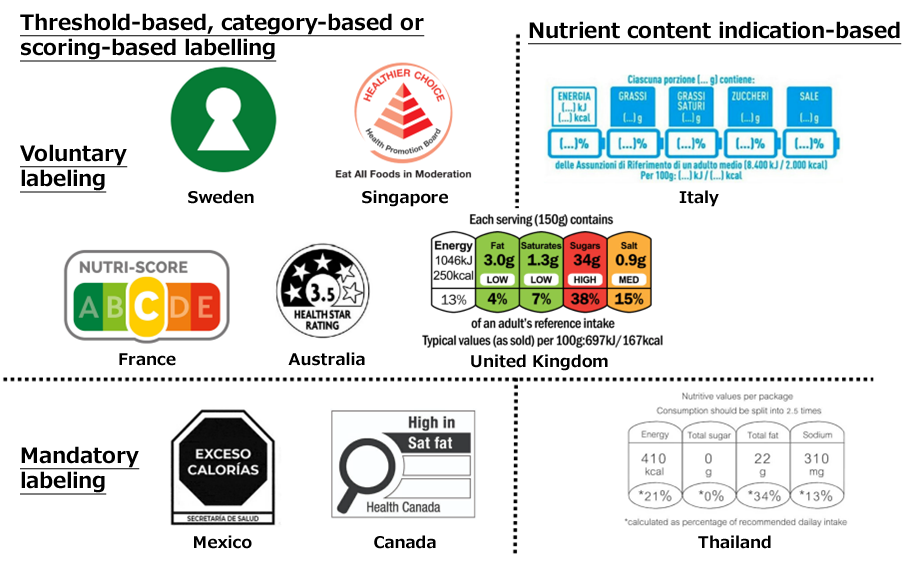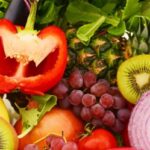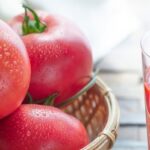
The 2nd Discussion on the initiatives for easy-to-understand Nutrition Facts labeling (hereafter referred as to the Discussion) was held on January 31, 2024. I would like to summarize the content of the second round of the Discussion based on the published materials.
What is the Front-of-Pack Nutrition Labelling (FOPNL)?
The published material 2 – titled the results of an interview survey of consumers- includes the situations of similar FOPNL systems in other countries, with some labeling examples.

Let’s take a look at the examples of voluntary labeling in France and Italy.
- France- A color-coded graded indicator, from dark green associated with the letter “A” for products with higher nutritional quality, to dark orange associated with the letter “E” for products with lower nutritional quality.
- Italy- Contents of energy, fats, saturated fats, sugars, and salt in a food are indicated based on the Guideline Daily Amounts (GDA)/ Reference Intake (RI). This system presents the amount of energy, fats, saturated fats, sugars and salt per portion in relation to daily reference intakes.
The 2nd Discussion
The second Discussion compiled some materials such as the voluntary efforts of food-related businesses in Japan, the results of an interview survey of consumers, and so on.
The material 1 titled the voluntary efforts of food-related businesses in Japan includes the backgrounds of the introduction of Front-of-pack Nutrition Facts labeling, and challenges that businesses might face in the event of the introduction.
The material 2 titled the results of an interview survey of consumers summarized
the reasons why the current nutrition facts labeling is difficult for consumers to understand and some improvement proposals for easy-to-understand labeling. (e.g. Simplify the information to an appropriate level, Empower consumers to make their own informed choices, Use a unified logo/mark) Noticeably, the following is the included opinion about effective strategies for consumers to utilize Nutrition Facts labeling in daily dietary life by one of the committee members.
“The initiatives (for a food classification with a unified evaluation method and single nutrient-focused approaches which are taken in other countries) may not lead to creating a food environment that encourages informed choices by consumers as individual activities and health conditions have become more diverse.”
Future schedule
The 3rd Discussion will be held on March 12, 2024. Based on the content of the 2nd Discussion, I assume that measures to facilitate the use of nutrition facts labeling by consumers and to ensure the viability of food-related businesses will be discussed in the future.

Label bank Co., Ltd. Regulatory Review and Development
Born in Japan. Specializing in nutrition, she is engaged in research work on ingredients and additives imported to Japan from overseas, and provides consulting services on food standards, additives, and food labeling.





